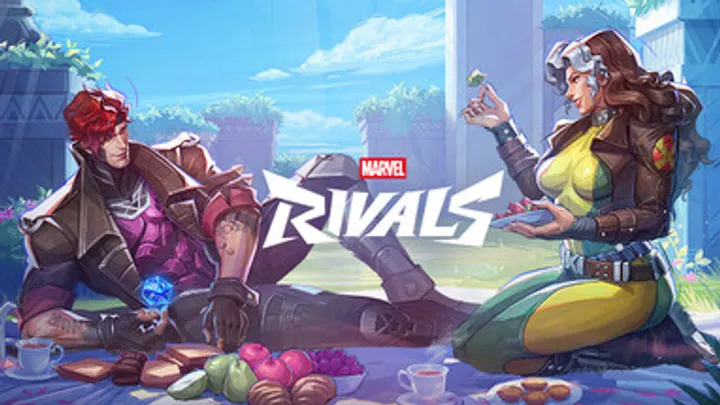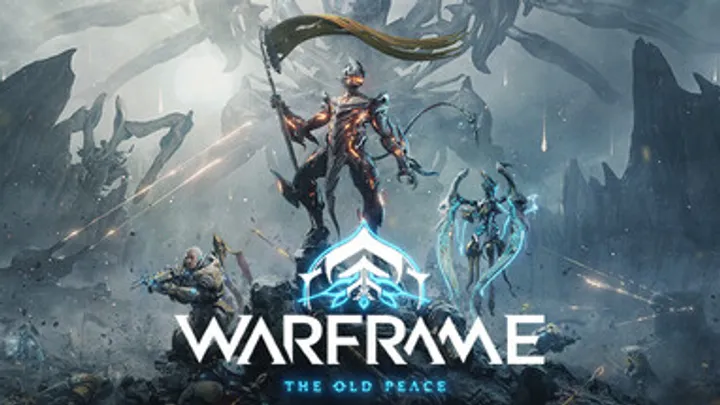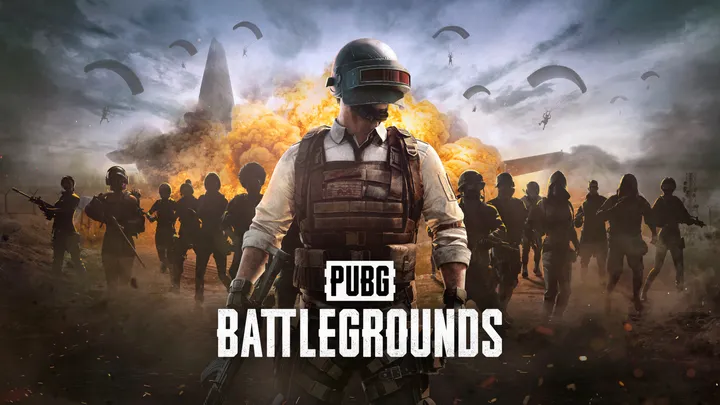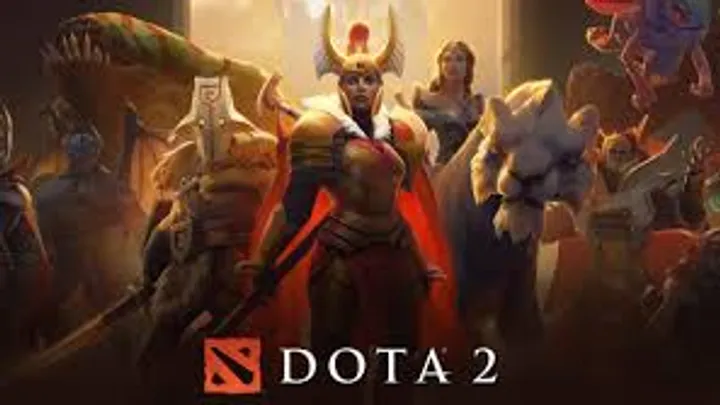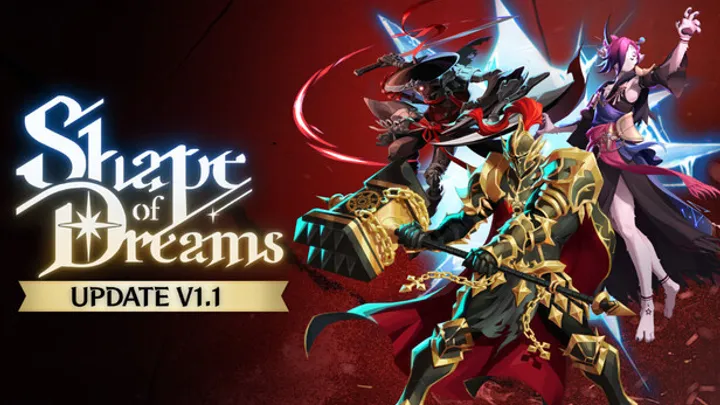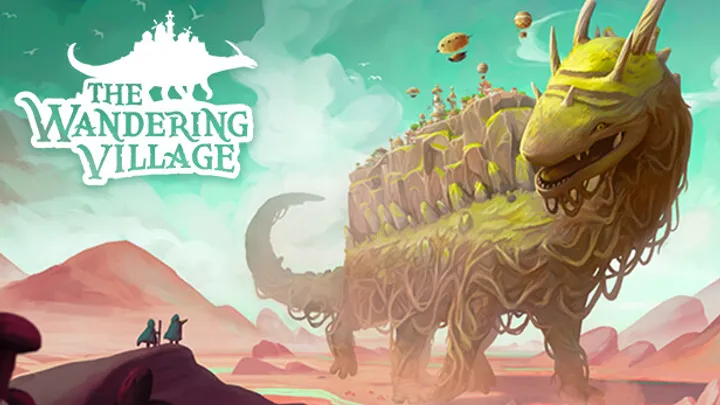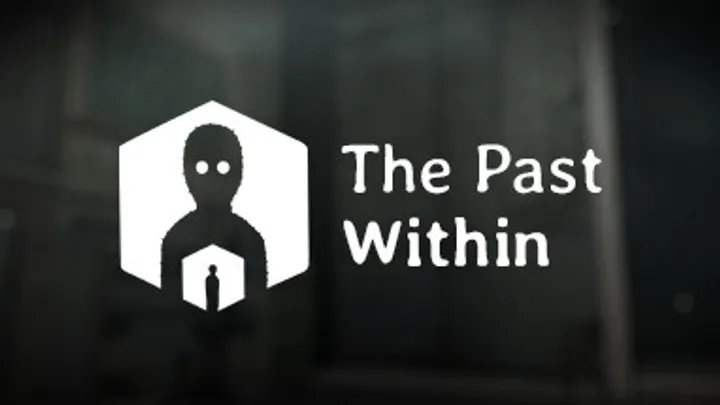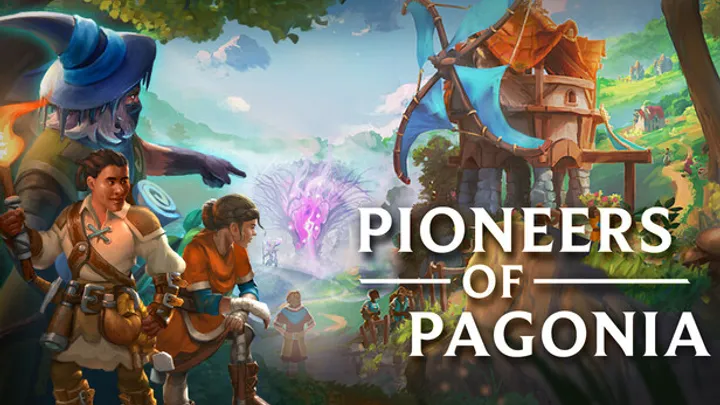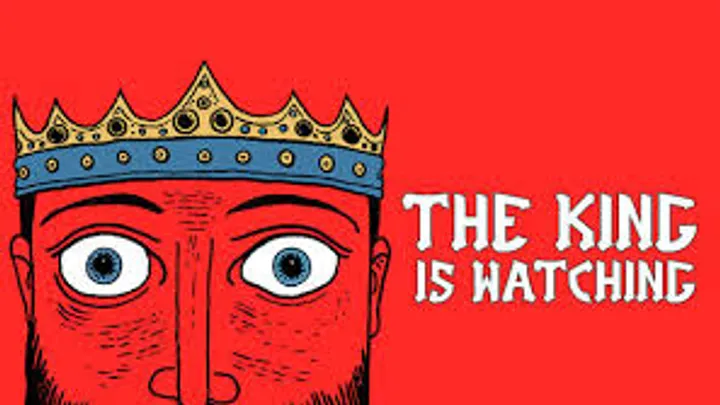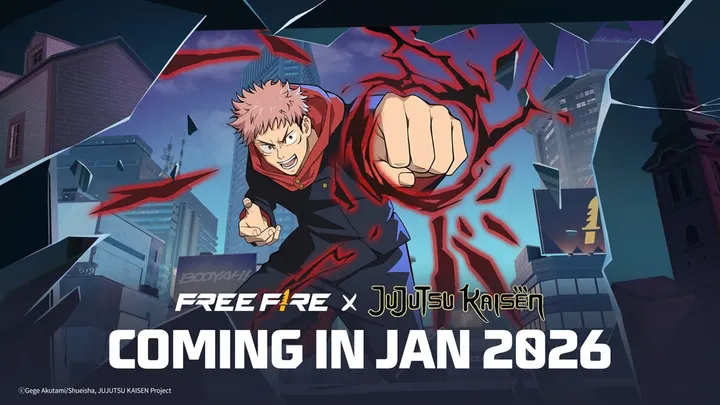Trending Reviews

Mario & Luigi™: Brothership
Mario & Luigi™: Brothership is a vibrant and engaging role-playing game (RPG) that transports players back to the whimsical world of the Mushroom Kingdom, featuring the iconic duo of Mario and Luigi.
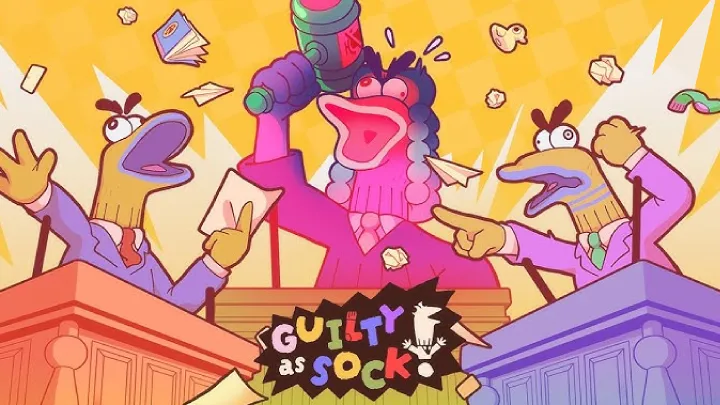
Guilty as Sock!
Guilty as Sock! delivers a hilarious party game experience with its absurd trials and cooperative chaos, celebrating a unique sock puppet twist.
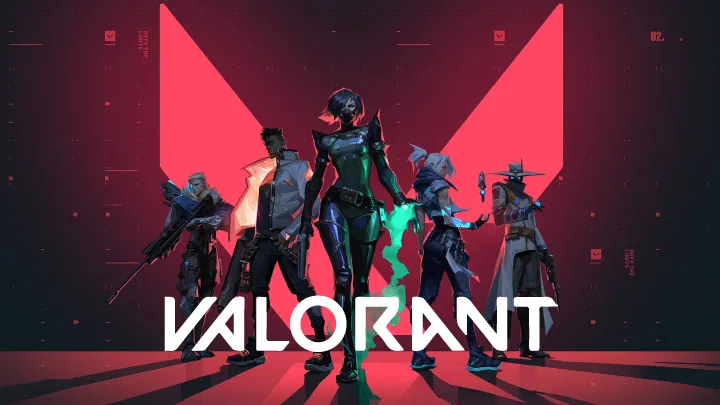
Valorant
Valorant is Riot Games’ bold attempt to redefine the tactical FPS genre — and it has succeeded
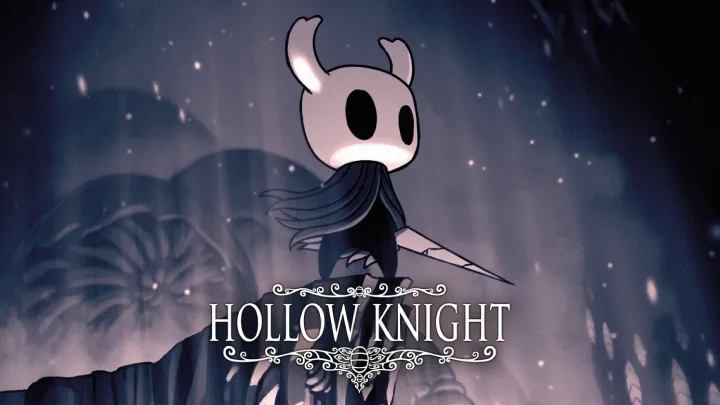
Hollow Knight
Hollow Knight delivers a mesmerizing metroidvania adventure with its challenging gameplay and atmospheric world, celebrating the thrill of exploration.
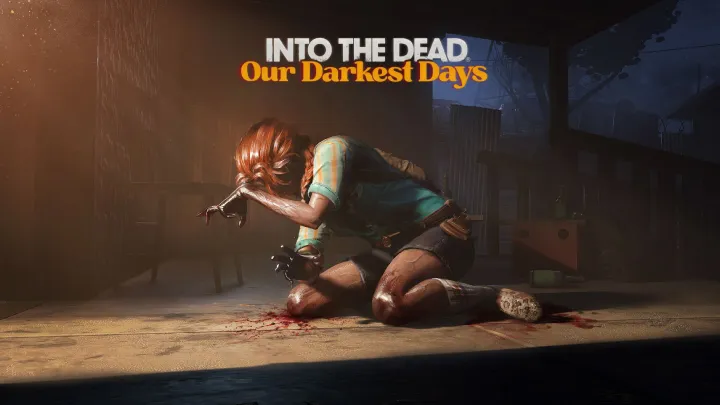
Into the Dead: Our Darkest Days
Into the Dead: Our Darkest Days delivers a thrilling survival horror experience with its tense atmosphere and strategic gameplay, celebrating a unique 1980s zombie twist.
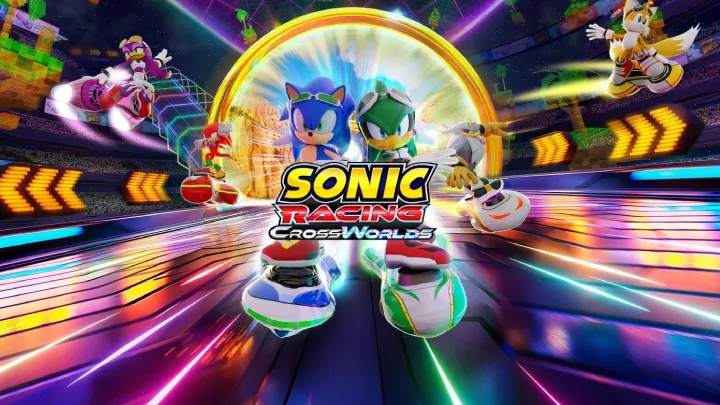
Sonic Racing: CrossWorlds
Sonic Racing: CrossWorlds is Sega’s most ambitious racing project yet, blending Sonic’s speed with creative mechanics and a surprisingly narrative-driven campaign.

Arma Reforger
Arma Reforger is both an homage to the series’ origins and a forward-looking experiment in military simulation.

Grand Theft Auto VI
Grand Theft Auto VI represents not just a new chapter for Rockstar but a turning point for the open-world genre
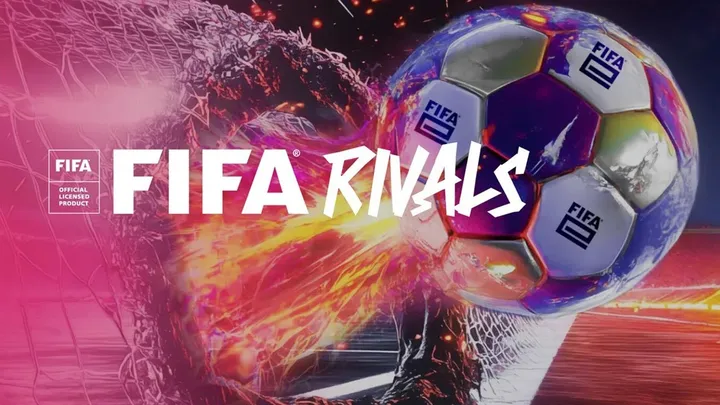
FIFA Rivals - Mobile Football
"FIFA Rivals - Mobile Football" successfully captures the essence of football in a mobile format, combining team management, real-time gameplay, and competitive features.
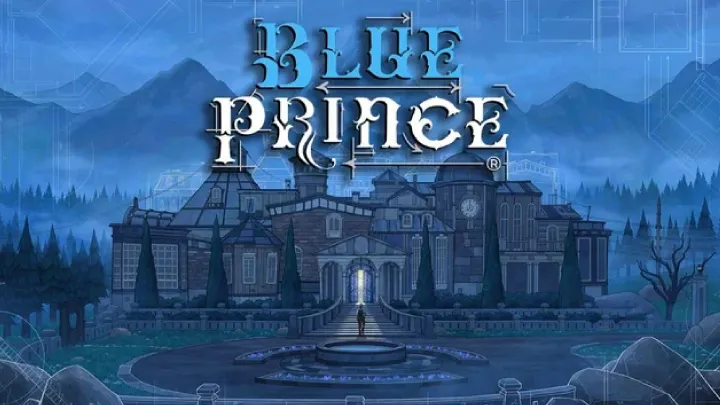
Blue Prince
Blue Prince is a genre-defying masterpiece that blends roguelike strategy, puzzle-solving, and narrative mystery into an unforgettable experience.
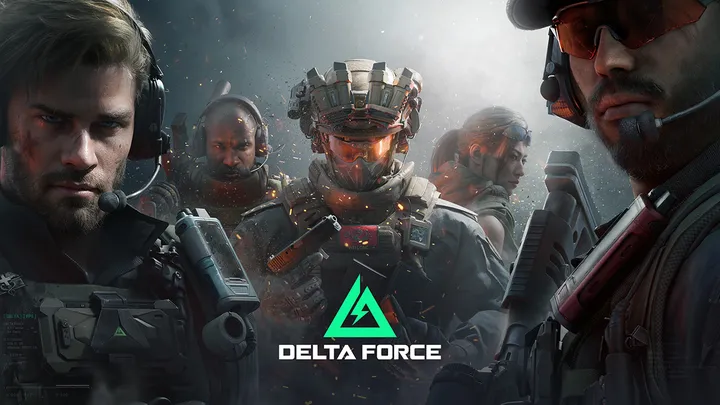
Delta Force
"Delta Force" remains a significant title in the history of first-person shooters, setting the stage for tactical gameplay in a genre often dominated by fast-paced action.
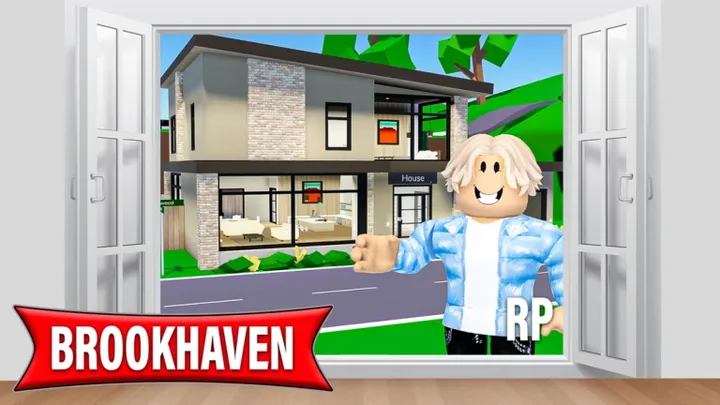
Roblox: Brookhaven
"Brookhaven" is an engaging and immersive multiplayer RPG that successfully combines exploration, social interaction, and customization.
Popular on Blog
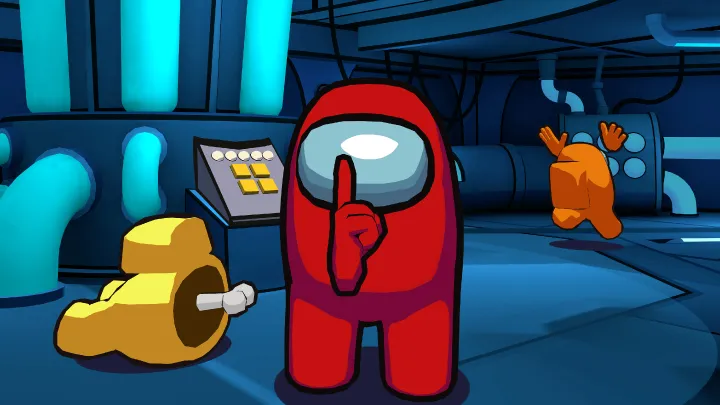
More Than a Meme: The Evolving Landscape of Among Us in Late 2025
Among Us is a highly active social deduction game in 2025, driven by new roles (Detective, Viper), major QoL updates (matchmaking), and the successful launch of Among Us 3D/VR. It consistently maintains millions of daily users.
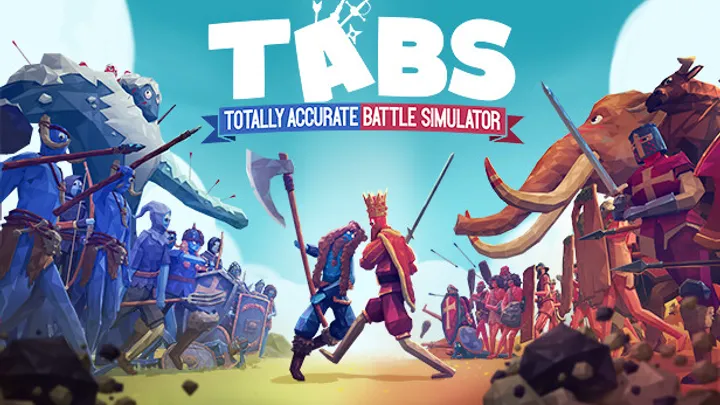
Totally Accurate Battle Simulator (TABS): Ultimate Tips & Guides for Mastering Chaos
Master Totally Accurate Battle Simulator Tips & Guides breakdown covering physics, factions, formations, synergies, terrain, and expert tactics.
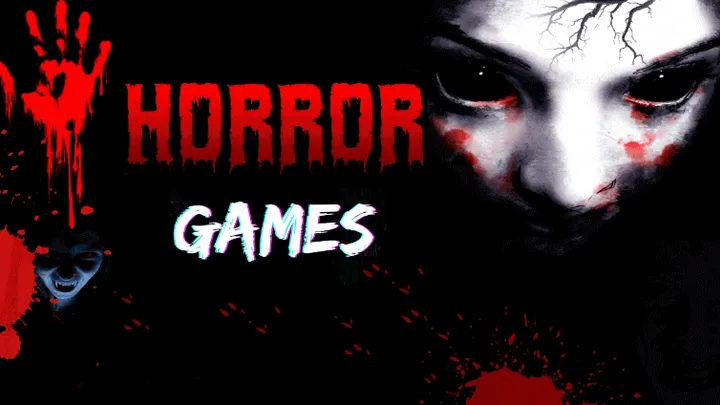
Top 5 Horror Games: A Deep Dive Into Their Hidden Design Problems Shaping Player Fear in 2025
Explore five top horror games dive that uncovers hidden design flaws affecting fear, pacing, balance, and player immersion across iconic titles.
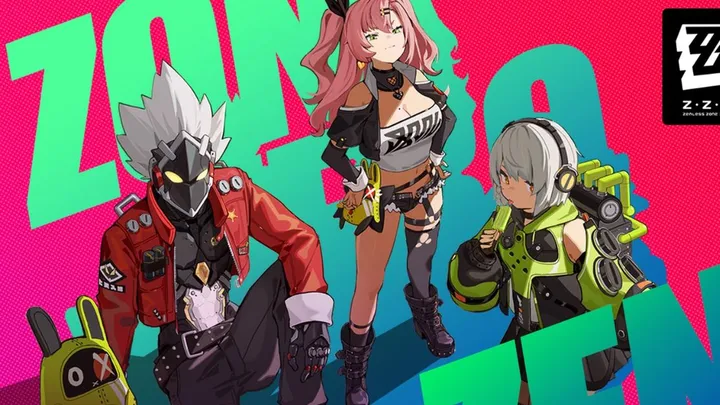
How to Master Zenless Zone Zero: A Complete Step-by-Step Guide
Word step-by-step “how to” guide for mastering Zenless Zone Zero. Learn combat, team building, farming, builds, and endgame strategy effortlessly.
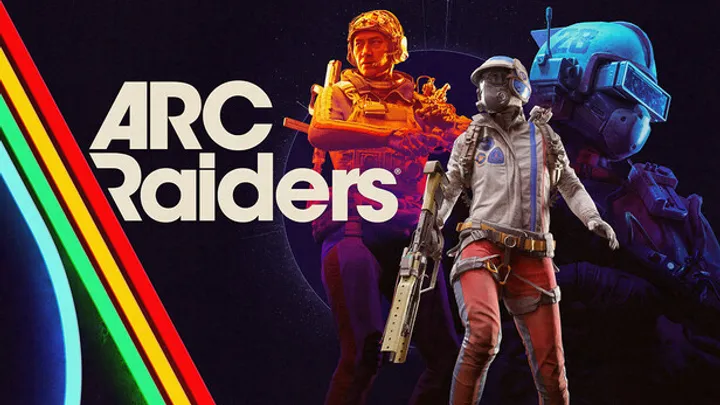
HOW TO MASTER ARC RAIDERS: A COMPLETE STEP-BY-STEP SURVIVAL & COMBAT GUIDE
Learn step-by-step how to survive, fight, and thrive in ARC Raiders. This detailed guide covers combat, movement, teamwork, gear, progression, and pro strategies.
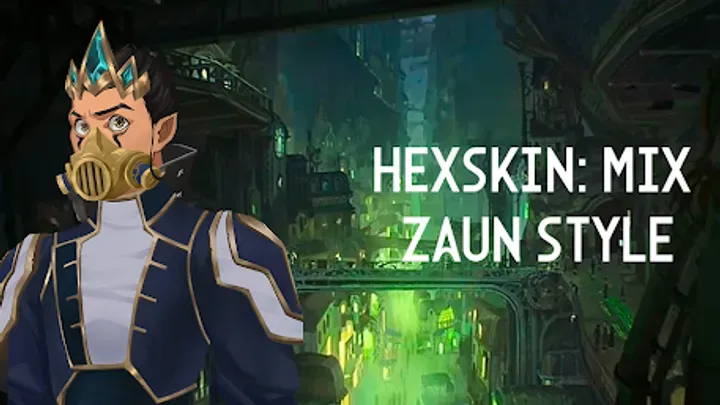
HOW TO MASTER HEXSKIN: MIX ZAUN STYLE
Learn how to master HexSkin: Mix Zaun Style with a complete step-by-step guide to boosters, synergies, stats, crafting, and Zaun-style character building.

How to Survive Little Nightmares III: A Complete Step-by-Step Guide
Word step-by-step guide on how to survive Little Nightmares III. Learn movement, stealth, puzzles, enemy tactics, and progression tips to master every chapter.
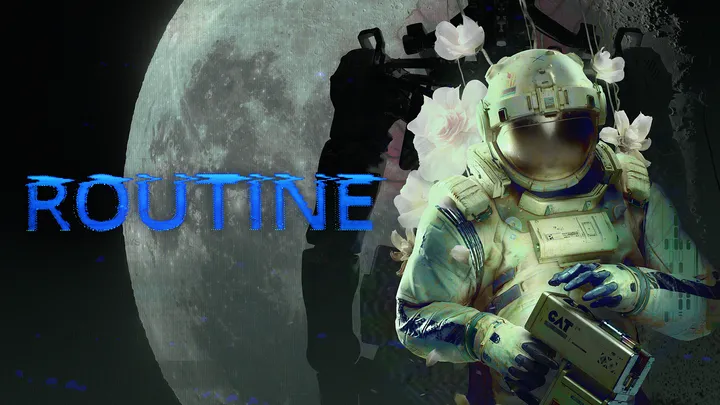
HOW TO SURVIVE, NAVIGATE, AND MASTER ROUTINE: A COMPLETE STEP-BY-STEP GUIDE
Learn how to survive ROUTINE with step-by-step strategies, stealth guidance, exploration tips, and progression tactics in this complete 2000-word “how to” survival guide.
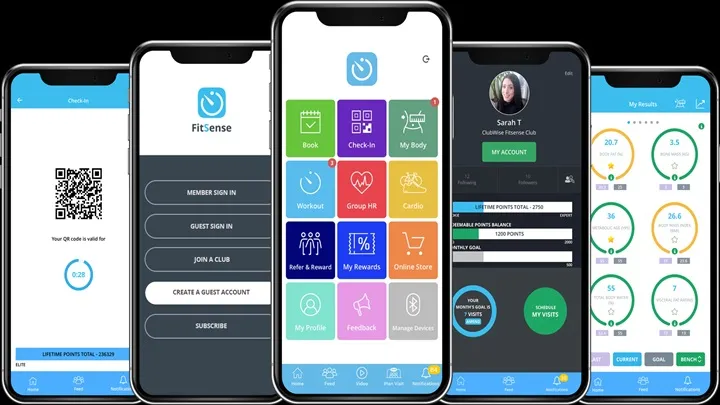
Discover the Top 5 Health Apps of 2025
"Discover the Top 5 Health Apps of 2025 that elevate fitness, nutrition, mental wellness, sleep quality, and daily health tracking with powerful AI support."

Tips and Tricks to Play 1945 Air Force: Space Shooter
Master 1945 Air Force: Space Shooter with smart upgrades, movement strategies, and aircraft tips to survive longer, clear stages faster, and progress efficiently.
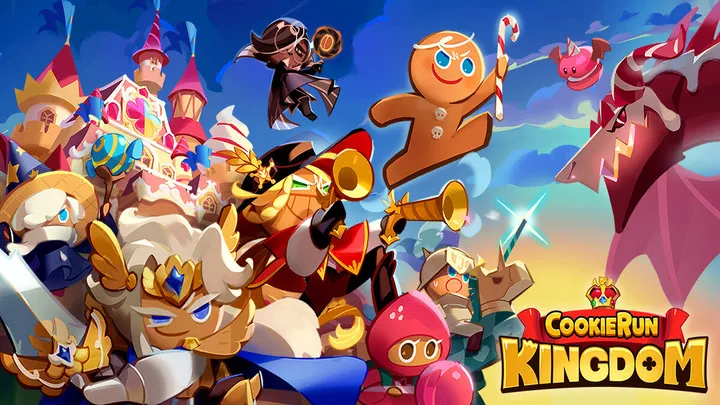
COOKIE RUN: KINGDOM – HOW TO BUILD A STRONGER KINGDOM AND A POWERFUL COOKIE TEAM
Discover how to strengthen your team, optimize toppings, and develop your Kingdom effectively in CookieRun: Kingdom. Learn strategic tips to progress faster, dominate battles, and build a powerful Cookie lineup.

Tips and Tricks to Win in Arma Reforger
Master Arma Reforger with smart tactics, better coordination, effective loadouts, and strategic movements to gain consistent advantages in every match.

